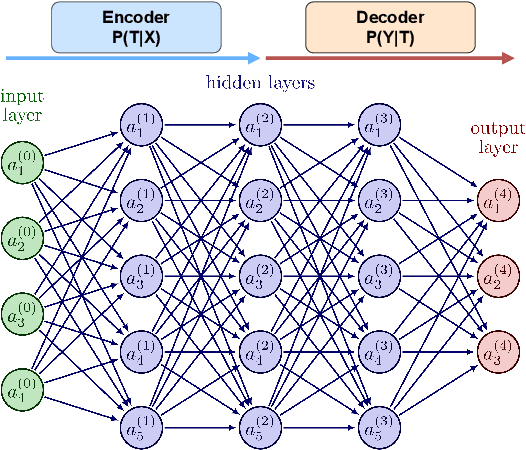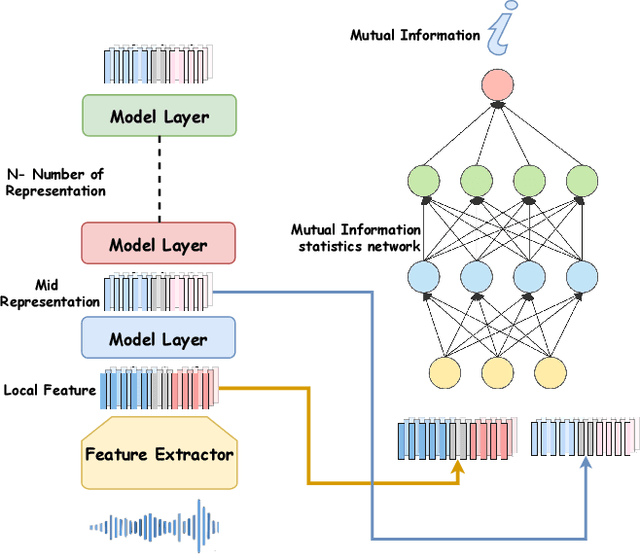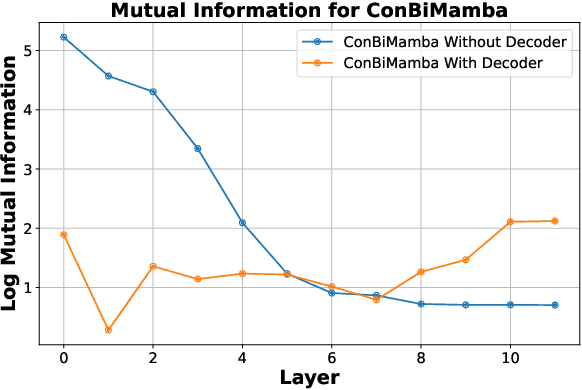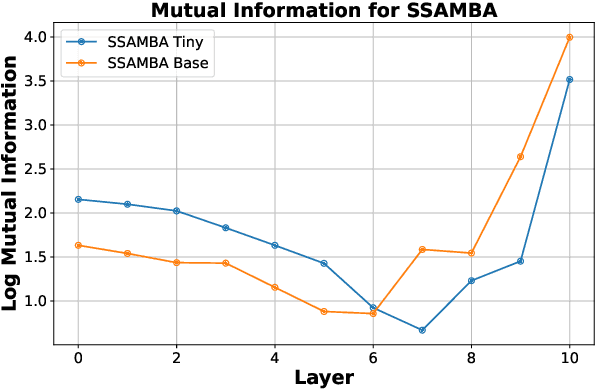Rethinking Mamba in Speech Processing by Self-Supervised Models
Paper and Code
Sep 11, 2024



The Mamba-based model has demonstrated outstanding performance across tasks in computer vision, natural language processing, and speech processing. However, in the realm of speech processing, the Mamba-based model's performance varies across different tasks. For instance, in tasks such as speech enhancement and spectrum reconstruction, the Mamba model performs well when used independently. However, for tasks like speech recognition, additional modules are required to surpass the performance of attention-based models. We propose the hypothesis that the Mamba-based model excels in "reconstruction" tasks within speech processing. However, for "classification tasks" such as Speech Recognition, additional modules are necessary to accomplish the "reconstruction" step. To validate our hypothesis, we analyze the previous Mamba-based Speech Models from an information theory perspective. Furthermore, we leveraged the properties of HuBERT in our study. We trained a Mamba-based HuBERT model, and the mutual information patterns, along with the model's performance metrics, confirmed our assumptions.
 Add to Chrome
Add to Chrome Add to Firefox
Add to Firefox Add to Edge
Add to Edge